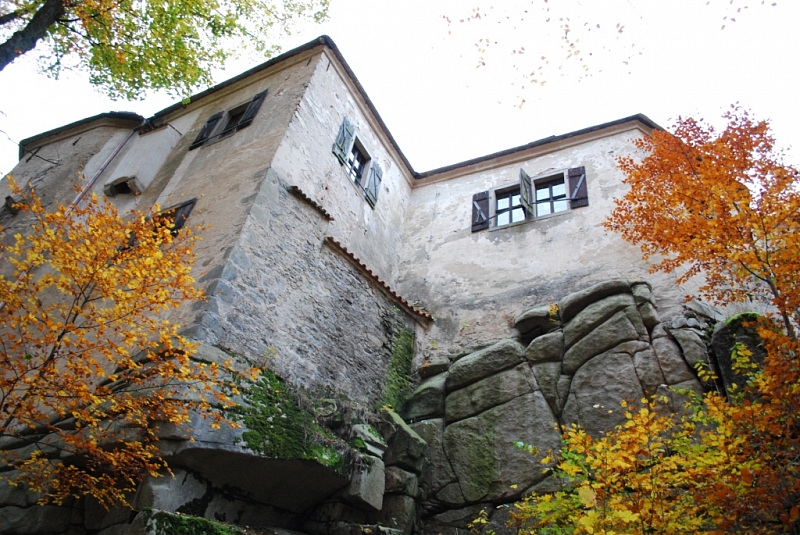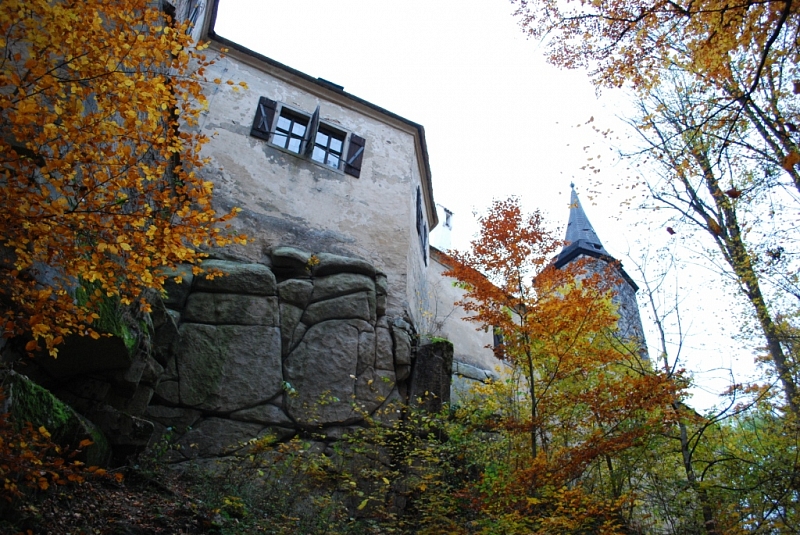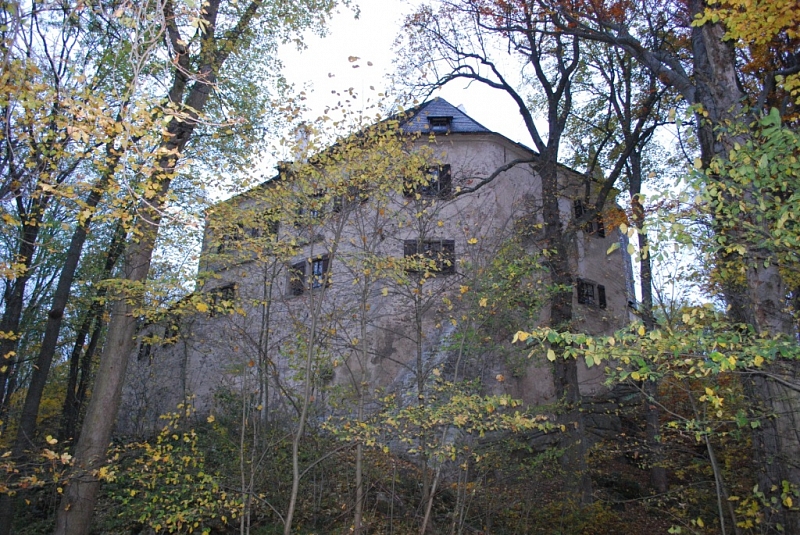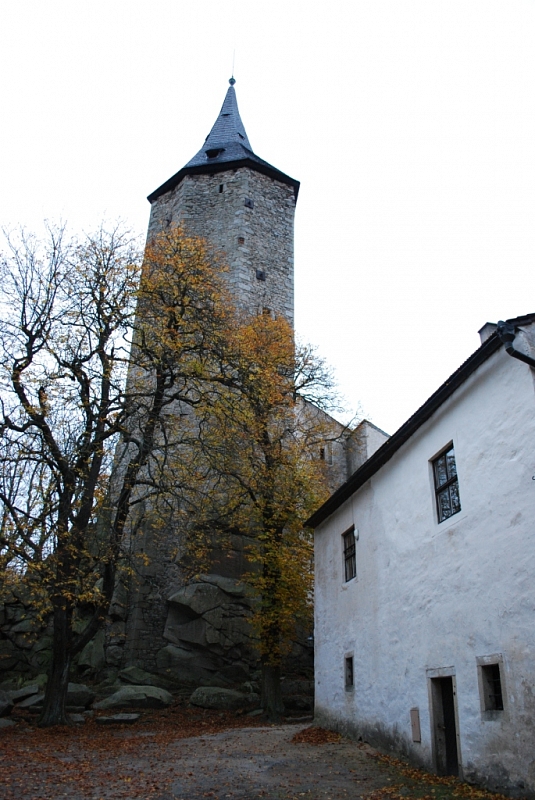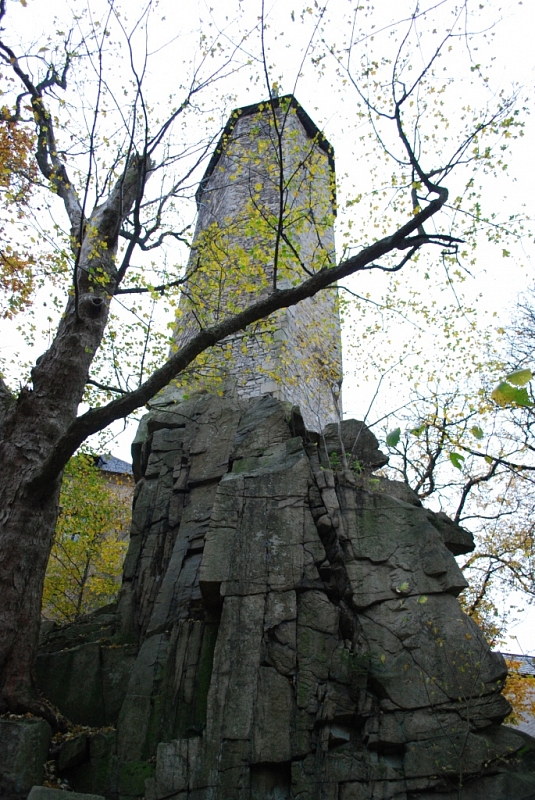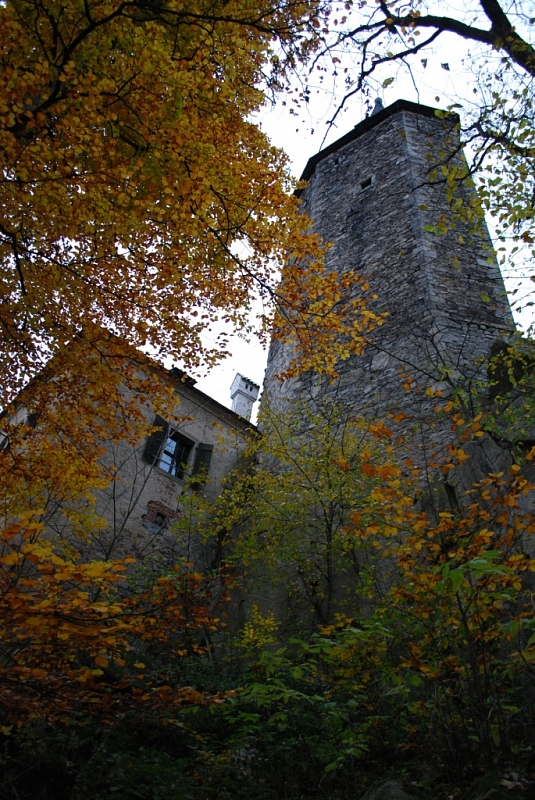Roštejn
The beautiful landscape of the Javořické hills and the location of the old castle on a rocky promontory make Roštejn castle a monument that cannot leave you cold when visiting the surroundings of Telč. The tower with a view, the thorough fortifications and the fairytale appearance of the palace will take you directly to the time of knights and beautiful ladies. The castle was able to withstand the siege of the Hussites and the Swedes, but did not fight the fire. Fortunately, it has been restored and reconstructed and is thus the venue for many cultural events.
Information for visitors
Interesting facts Roštejn
From the fortified castle hunting summer residence
The castle was built in the middle of the 14th century, it was founded by the lords of Hradec, who tried to build an impregnable fortress. Therefore, a defensive fort was created, of which only small remnants have been preserved. The fort was to be separated from the castle building and tower itself by a moat, which was not completed. A strong wall with bastions led around the castle. The castle was damaged during the Hussite wars. It became the property of the lords of Telč, who rebuilt it into a Renaissance hunting lodge with a chapel and a knight's hall. However, the castle burned down twice in subsequent periods, but was always restored. Today, the forestry museum is located in the castle.
View the collections and the nativity scene
If you are interested in various collections, Roštejn Castle has a lot to offer. Collections of paintings, porcelain, wood, tin and stone products, hunting collections and period furniture are a suitable addition to a tour of the castle. You can also visit the coat of arms hall, botanical hall and admire the large wooden nativity scene.
Roštejn helped build the devil
During night tours of Roštejn, you can also meet ghosts. After all, thanks to them, the castle was built. According to legend, the castle lord asked for help in building the devil himself. The construction was to be completed overnight, until a rooster crowed. The devil tried, but the rooster crowed as he lifted the last stone. The devil threw the stone into the local pond, where it is said to lie to this day. The confirmation of the legend is the imprint of the devil's hoof in the rock - the Devil's footstep. Evil tongues, however, say that it was not the rooster that crowed, but the lord of the castle himself, fearing for his soul.
Author: Helena Syslová
